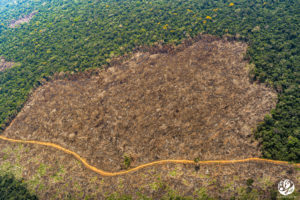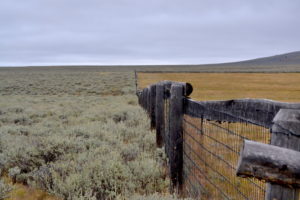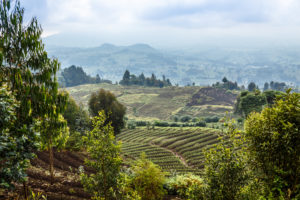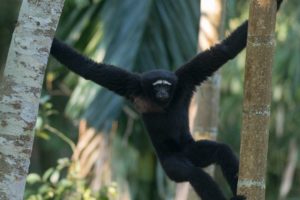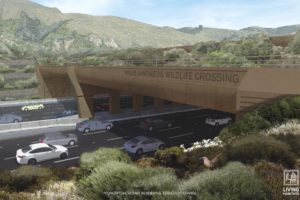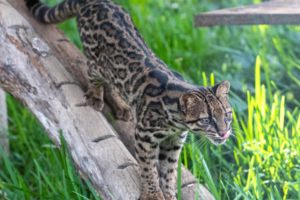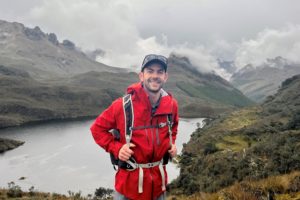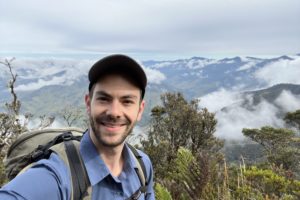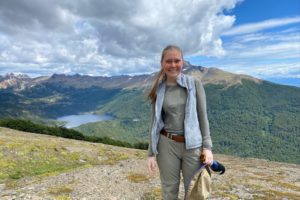Enhancing Connectivity Conservation in World Bank-led Programs
Imagine a young male jaguar in the tropical Central American forests looking for a mate. In theory, he could roam from Mexico to Argentina, ensuring that the genetic pool is mixed for a good continuation of the species. In practice, he would have to go through rivers and mountains, but also human-made obstacles such as roads, cities, agricultural fields and other open areas that hinder travel.
